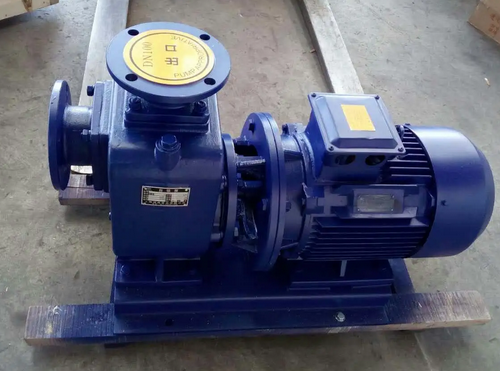Is the self-priming pump suitable for low water levels?
Self-priming pumps are suitable for low water levels. Self-priming pumps have the characteristics of strong self-priming ability. They can perform continuous self-priming when the water level is low. No additional auxiliary equipment is required, which can save a lot of energy, effectively prevent the pump from running idle, and improve the operation efficiency of the pump.
The working principle of the self-priming pump is to use the negative pressure inside the pump body to draw the liquid into the pump body, and then transport the liquid to a high place through the centrifugal force inside the pump body. Before starting, it is necessary to ensure that the pump housing is filled with water or there is water in the pump housing itself, so as to form a negative pressure area inside the pump body to suck in the liquid.
It should be noted that the pumping depth of the self-priming pump is limited by its self-priming ability. Generally speaking, the depth of the well that the self-priming pump can effectively draw is between 5 and 8 meters, and the specific depth needs to be considered in combination with the model and power of the self-priming pump. If the depth of the well exceeds this range, the suction force of the self-priming pump may not be able to overcome the height of the water level, resulting in failure to pump water normally.

In addition, when choosing a self-priming pump, it should be ensured that the power and model of the purchased product meet the actual needs to ensure that it can work normally in a low water level environment. At the same time, when using a self-priming pump, you must also pay attention to maintenance to extend its service life and ensure its stable performance.
Self-priming pumps are suitable for low water level environments, but you must pay attention to the selection of its pumping depth and model power, as well as maintenance during use.




